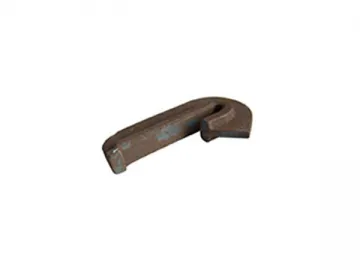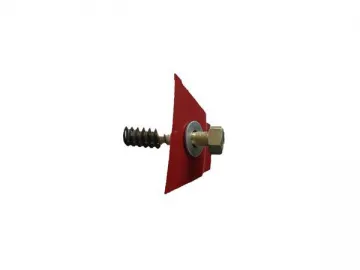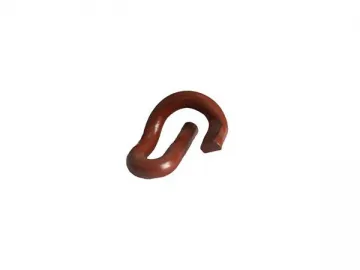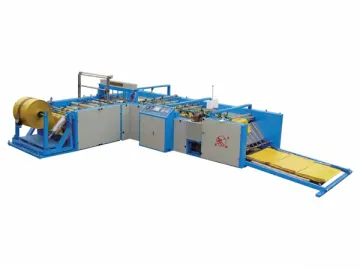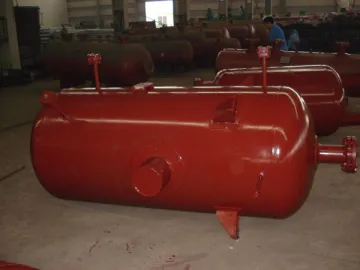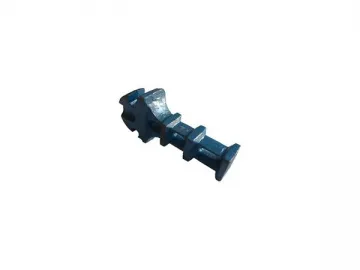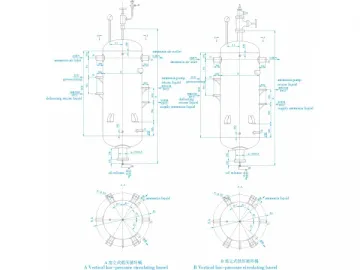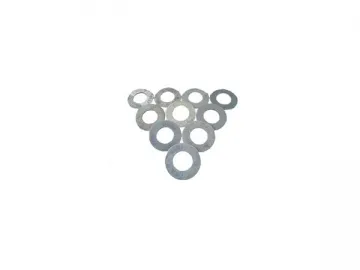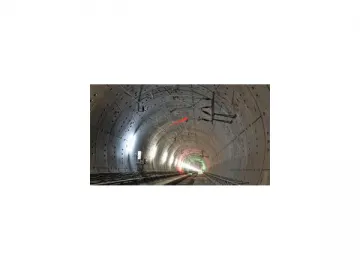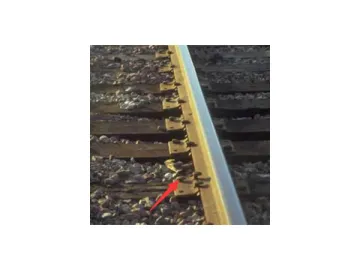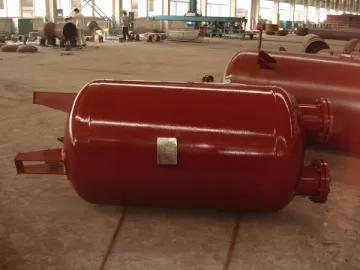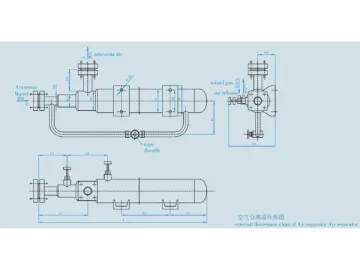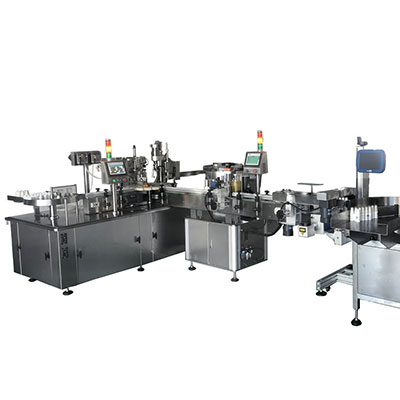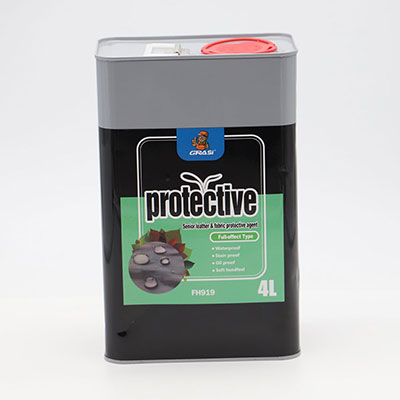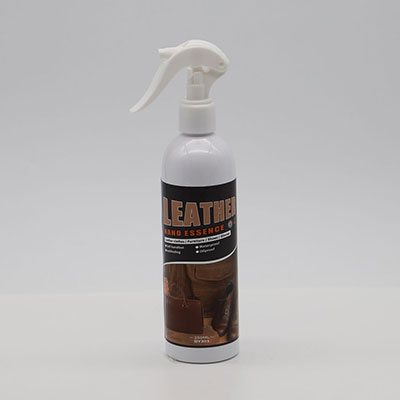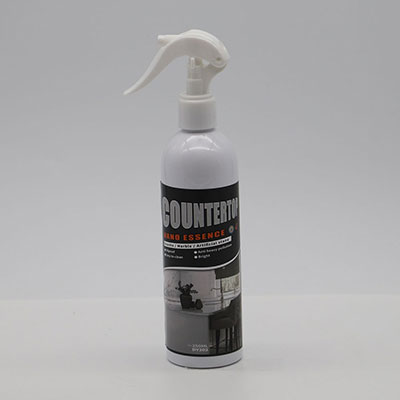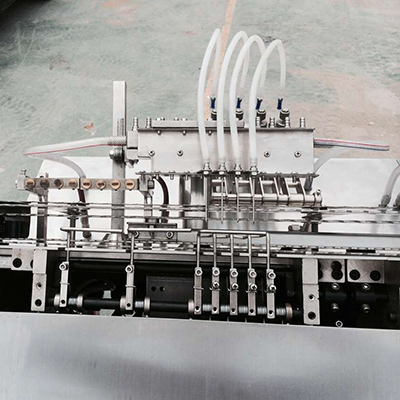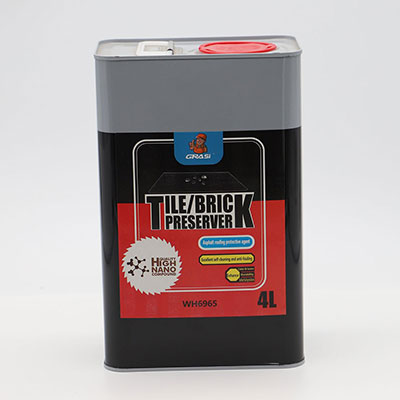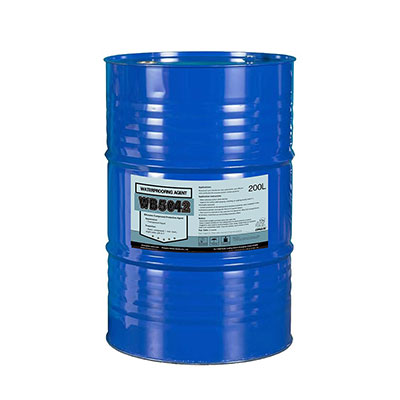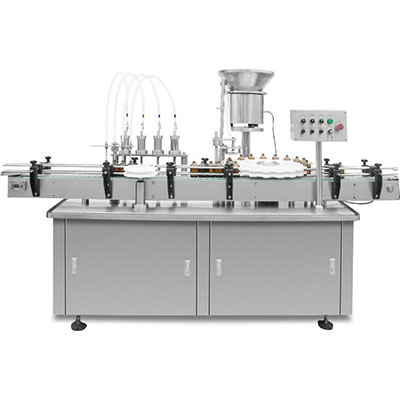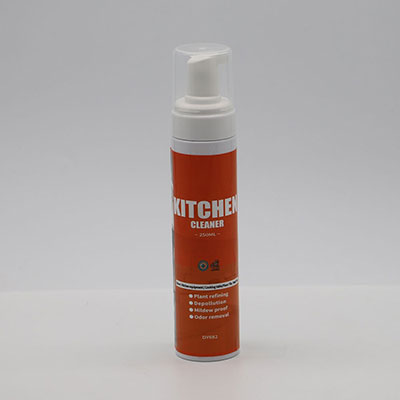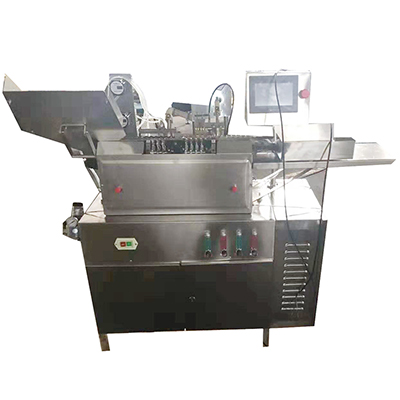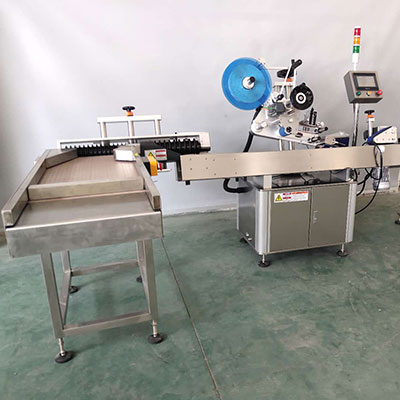Rail Pad
The rail pad, originally called sole plate, is used when rail is attached to concrete, rather than timber, ties or sleepers. Rail pads function to reduce fatigue cracking of the concrete ties, believed to be driven by impact and vibration from the passing train. It is thought that the rail pads act in two ways: they diminish shock or impact loads by providing compliance, and they reduce (by isolation and perhaps by damping) resonant vibrations excited in the concrete ties (lowest resonant frequency about 200 Hz) and accommodate vibration deflections in the rail sections between the ties (about 0.12mm amplitude, 1000 Hz).
The raid pad prevents rail-sleeper abrasion and the crushing of the sleeper under the rail foot. Rubber rail pads are normally designed to a specified load-deflection characteristic. The initial stiffness of the rail pad is designed to be low so that that their deformations under the springs toe loads is quite substantial. This ensures that the rail pad remains in intimate contact with the rail despite any vertical movements of the latter. When the wheel is over the pad, the latter's stiffness must be high to prevent large movements which can result in the metal spring becoming loose. Such a load-deflection characteristic can be obtained by introducing grooves in the rubber rail pads. Rubber pad or grooved rubber rail pad are made up of rubber or plastic to dampen the shocks of vibrations of a passing train.
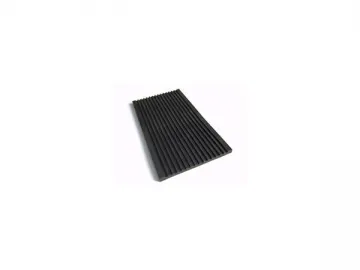
We can supply rail pad with a thickness ranging from 5mm to 25mm thick. Pads made of metal bonding are used to reduce extensive vibrations.
Grooved Rubber Rail Pad
Our range of grooved rubber rail pad is very effective to reduce the shocks of vibrations caused by the trains while passing through the tracks. These rail pads are highly demanded in railways due to their robustness, long service life and effective use. With good mechanical features and sustainability, these products can be customized and are available at a reasonable price.
The ray pad is an end product made from synthetic elastomer and is used in heavy crane roads and between rail and supporting structure. It is manufactured in various widths determined according to rail base dimensions and standard length of 12 m. The rail pad may be manufactured in different lengths and sizes due to special demands.
Dramatically Improved Impact Attenuation
1. Noise Suppression
2. Improved Passenger Comfort
3. Extended Track Life
4. Extended Ballast Life
The combination of studded design and specially formulated rubber compound, gives VIP-Polymers patented rail pads a unique high resilience and abrasion resistance. Their superiority to those manufactured from other materials has been proven by their ability to reduce dynamic forces by up to 65%, which is a crucial consideration for railway systems worldwide as they adopt higher speeds and greater axle load.
The resilient crane rail pad is designed to allow the rail to move and rotate by small amounts. When rails are on a pad (called soft mounting), this helps to ensure a more even stress distribution between the crane wheel and rail and also between the rail and the surface on which it is fixed. There are two rail pad types, one for a continuously supported rail and one for discontinuous mounting.
SUYU specializes in producing rail fastening. A rail pad lies between the rails and base plates to keep the rail stable. It can be made of HDPE, EVA, rubber, and EPDM to preclude and buffer impact, increase friction and reduce vibration. We produce the rail pad for E type rail fastening system and SKL type rail fastening system. Following are the properties of the HDPE/EVA/Rubber.
HDPE| No. | Technical Parameter | Unit | Technical Requirement | Value |
| 1 | Density | g/cm3 | 0.95-0.98 | 0.95 |
| 2 | Tensile Strength | Mpa | ≥19 | 19 |
| 3 | Elongation | % | >80 | 150 |
| 4 | Melting Point | ℃ | 170-190 | 190 |
| 5 | Insulation Resistance | Ω | ≥1×1010 | 3.5 ×1010 |
| 6 | Hardness | A | ≥98 | 98(A) |
EVA: Polyethylene 80%, Vinyl Acetate 20%
| No. | Technical Parameter | Unit | Technical Requirement | Value |
| 1 | Density | g/cm3 | 0.95-0.98 | 0.95 |
| 2 | Tensile Strength | Mpa | ≥15 | 16 |
| 3 | Elongation | % | >500 | 550 |
| 4 | Melting Point | ℃ | 170-190 | 170 |
| 5 | Insulation Resistance | Ω | ≥1×1010 | 5.0 ×1010 |
| 6 | Hardness | A | ≥90 | 92(A) |
Rubber
| No. | Technical Parameter | Unit | Value |
| 1 | Stiffness | KN | 90-130 |
| 2 | Hardness Shore A | ℃ | 72-80degree |
| 3 | Electronic Resistance | Ω | ≥ 106 |
| 4 | Tensile Strength before Aging | Mpa | ≥12.5 |
| 5 | Elongation before Aging | % | ≥250 |
Adhering to our quality first policy, SUYU pays great attention to quality control management on our rail pad. We have been granted ISO9001-2008 certificates and have received the production license of China's Railway Ministry on railway products. We have a full set of inspection instruments to ensure all our rail pads are of high quality and up to customers' requirements.
As a leading manufacturer of rail fastening based in China, SUYU can also produce many other railway fasteners, such as track bolt, sleeper screw, track spike, tie plate, rail clips, elastic rail clip, SKL tension clamp, rail shoulder, and so on.
Links:https://www.globefindpro.com/products/47028.html
